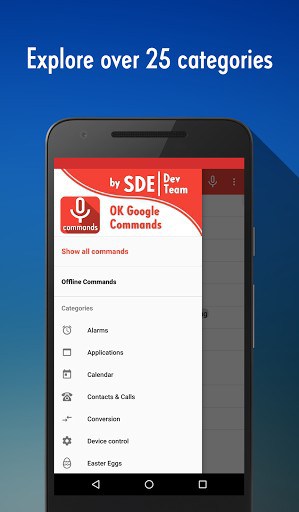


The most significant limitation is probably that it is very fragile, in that Google could shut it down at any time. It also doesn’t have the voice assistant always listening, requiring clicking on the microphone to turn it on. The Windows version lacks routines and most third-party support. And the official Google Assistant screen looks much better than the rougher version provided by Abraham. Google has made the voice assistant available on Chrome OS, starting with the quick answers feature, but has so far stayed away from other operating systems.

Users can adjust the light and dark theme options, see their command history, and largely operate the system with Google Assistant on a screen that looks like a Google product. Once in place, there’s a microphone on the bottom of the screen that can be activated to accept voice commands, or thy can be typed into the text field next to it. This loophole essentially puts a version of the Android version of Google Assistant on the computer. The setup basically leverages the official Google Assistant API in a way it hasn’t been designed for, but that is technically feasible. The desktop client requires a Google Cloud account and registering a project with Google.
GOOGLE VOICE ACTIONS FOR PC INSTALL
Abraham has posted software and a guide on GitHub for those interested in testing a limited Google Assistant experience on their desktop and willing to go through a couple of dozen steps to install it. Google Assistant can be a part of your desktop experience, at least unofficially.


 0 kommentar(er)
0 kommentar(er)
